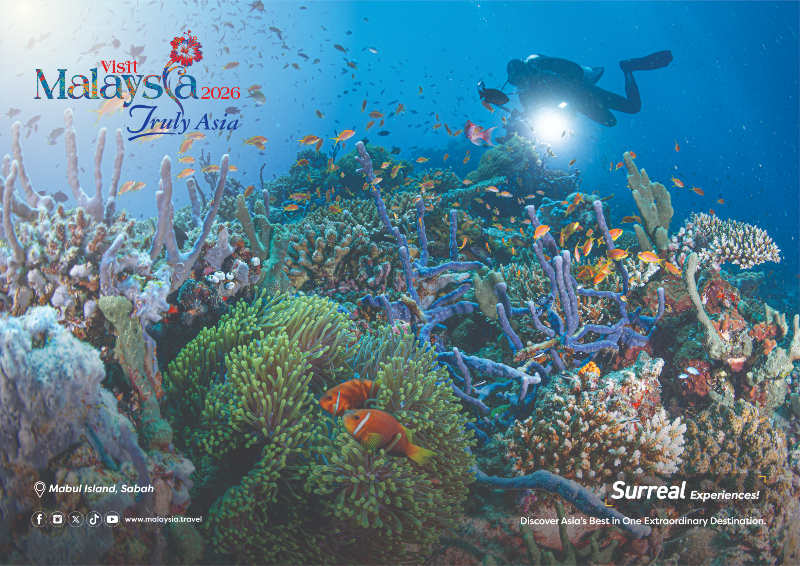Efforts are underway to reconstruct the sequence of events that led to this month’s deadly Air India crash, with India’s aviation authorities under growing scrutiny over how the investigation is being handled.
The crash of Air India Flight 171 on 12 June killed 260 people, including 241 of the 242 onboard and 19 on the ground, after the Boeing 787-8 Dreamliner struck a building shortly after take-off from Ahmedabad.
It is the world’s deadliest aviation disaster in over a decade and has triggered intense domestic and international concern.
India’s Aircraft Accident Investigation Bureau (AAIB) is leading the investigation, supported by data recovered from the flight’s black boxes.
Key areas under examination include possible issues with engine thrust, flap deployment, and the failure of landing gear to retract.
Maintenance procedures are also being reviewed following earlier warnings issued to Air India over regulatory non-compliance.
But concerns have been raised about the transparency of the process after India denied entry to a UN investigator from the International Civil Aviation Organization (ICAO), who had offered to assist.
The move has drawn criticism from global aviation safety bodies, with some calling for greater independent oversight.
Despite this, Indian authorities say they are committed to uncovering the truth, with a preliminary report expected by mid-July.
The Directorate General of Civil Aviation has also launched an audit of Air India’s operations, including its maintenance and crew rostering protocols.
Air India, now under the ownership of the Tata Group, has pledged full cooperation with investigators and is undertaking an internal safety review.
The aircraft involved – a Boeing 787-8 Dreamliner – is widely used by airlines globally, with more than 390 currently in service across major carriers including British Airways, American Airlines, Qatar Airways and Japan Airlines.
As such, the outcome of this investigation holds significant implications not only for Air India but for aviation safety standards and operational procedures around the world.









